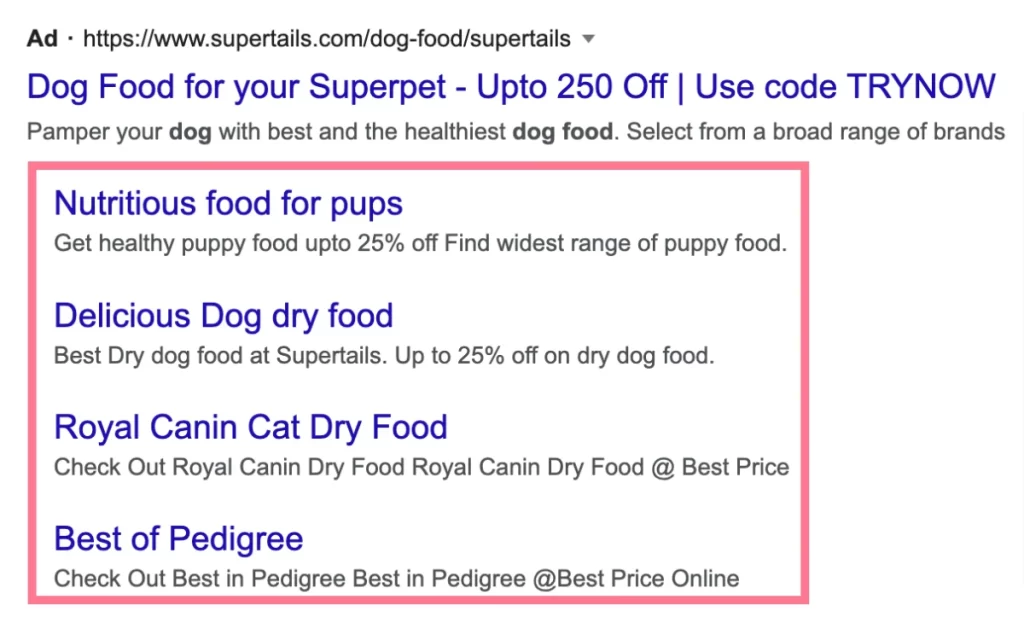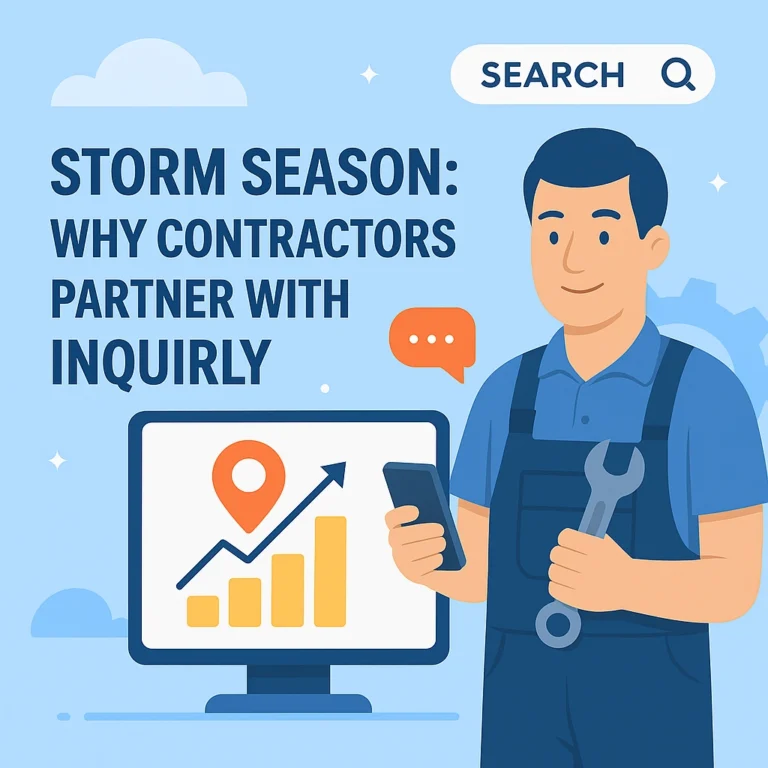Did you know that businesses can boost their visibility on search engines by up to 80% using Google Ads? By targeting specific keywords and geo locations, roofers can maximize their advertising return on investment (ROI) and grow their business effectively.
So, want to generate more leads for your roofing business? Google Ads could be a great solution. In this article, we help you understand the essentials and provide tips on how Google Ads for roofers work.
Get Exclusive Roofing Leads Today
Before we start with the tips it is important to have a little know-how about the benefits
🚀 Benefits of Google Ads for Roofers
- Cost-Effectiveness – Google Ads uses a pay-per-click (PPC) method, which means you only pay if someone clicks on your ad. This is a perfect option for small and medium-sized roofing companies with limited marketing resources
- Target Audience – you can tailor your ads to reach individuals who are actively looking for roofing services in your area
- Quick Outcome – once your campaigns are up and running, you may begin drawing leads shortly thereafter
.
Now, let’s take a look at the tips to get more leads
Top 5 Google Ads Tips For Roofers
- Ad Copy
- Keyword Optimization
- Geo-Targeting
- Ad Extensions
- Negative Keywords
- Landing Page
- Conversion Tracking
- Ad Scheduling
1. Ad Copy
Words do have great power, even the statistics say that modifying a single word can increase your CTR by 161%, sounds great, right? That is why some businesses thrive while others struggle. It’s all about the Ad copy!
Ad copy is the first interaction that customers have with your brand. This encourages users to take action, click on your ad and discover what your company has to offer.
- Use easy-to-understand language and be concise. Try to highlight the benefits and unique selling aspects of your roofing services briefly. Do not use complicated sentences or jargon.
- Incorporate a powerful call-to-action (CTA) into your ad language to encourage users to act. It can be something like “Get a Free Quote” or “Book Your Appointment Today”.
2. Keyword Optimization
Keyword optimization is essential for the success of your roofing company’s Google Ads campaigns. Begin by selecting keywords that are highly related to your services and region, so that potential clients can simply find your ads when they search online.
Regularly review and refine your keyword strategy based on performance data. You can search for keywords using various online tools, such as Google Keyword Planner, SEMrush, or Ahrefs.
3. Geo-Targeting
Geo-targeting in Google Ads is a marketing technique that allows you to target your advertisements to specific geographical areas. This feature enables roofing companies to accurately target consumers in their service areas, ensuring that ads are seen by the most relevant people.
Advertisers can use geolocation data to build personalized campaigns, optimize ad performance and increase their return on investment.
4. Ad Extensions
You may use Ad extensions in your Google Ads to improve your ad’s visibility and relevancy in search engine results pages (SERP). Using ad extensions will increase your CTR (Click-through rate). There are several types of the Ad extensions, for example:
- Sitelink Extensions – you can add additional links to specific pages on your website, directing users to landing pages or specific sections of your site.

.
- Callout Extensions – additional pieces of text that you can include in your Google Ads to highlight key selling points or offers. They display below your ad’s description and provide readers with additional information about the goods or services.

.
- Structured Snippets – highlight specific characteristics of your products or services in an organized manner. These extensions appear below your ad description and showcase the categories or types of products/services your company provides. For example, if you run a roofing firm, you could use structured snippets to showcase various roofing materials, services, or warranty choices.

5. Negative Keywords
Keywords are good but now let’s talk about negative keywords. Briefly, negative keywords are phrases that you specify to prevent your ads from displaying when users include those keywords in their search queries.
Negative keywords in Google ads help businesses adjust their targeting and guarantee the ads are delivered to the most appropriate audience.
Negative keywords for a roofing business might include terms like:
- “Free Roofing”
- “Career/Training”
- “DIY”
Regularly reviewing your search terms and implementing negative keywords is essential for lowering your cost per lead and increasing the relevance of the searches where your ads appear
6. Landing Page
Creating a dedicated landing page for your roofing business’s Google Ads will help you generate more leads. By creating a separate page for your ads, you can tailor the content and also measure how effectively your ads perform.
Focus on simplicity when making a landing page for Google Ads. Use a captivating headline that cuts the eyes of the users. Don’t forget, high-quality images are important to show the team, roofing projects and satisfied customers. Landing pages should be informative and easy to navigate, so potential customers can quickly find what they’re looking for and take action.
7. Conversion Tracking
Conversion tracking in Google Ads for roofing businesses is essential to increase lead generation. Tracking important actions such as form submissions or phone calls allows you to analyze the success of your ads and determine which campaigns generate the most value leads. This data enables you to optimize your ad spending and improve your targeting to get more quality leads.
- Identify valuable behaviors on your website, such as form submissions or phone calls, that indicate leads or purchases generated by your Google ads.
- In your Google Ads account, navigate to the “Tools & Settings” menu. Click on the “+ Conversion” button to create a new conversion action.
- Test it to ensure it’s working correctly.
8. Ad Scheduling
Ad scheduling allows you to set certain hours and days for your advertisements to run, guaranteeing they reach your target audience when they’re most likely to convert.
There are a few steps to follow to set it up. First, it is important to identify the peak times when your roofing business receives the most clicks and conversions. Then in your Google Accounts access the Ad Scheduling tool and set your preference time and day you want your ads to appear. Lastly, monitor the ad performance and make adjustments if necessary.
What To Keep In Mind
When implementing Google Ads for roofers strategy for your roofing business, there are a few important things to remember. First, make sure your targeting is consistent with your ideal consumer demographics and geographic area. Second, keep track of and modify your budget allocation regularly to optimize spending. Third, stay up to date on industry trends. Lastly, prioritize quality score (a metric used by Google Ads) and ad testing to continuously improve your campaign’s effectiveness.
Conclusion
In this article, we provide all the essential information that will help you excel in mastering Google Ads for roofing businesses. Each of them carries significant importance in handling the complexities of online advertising successfully.
Implementing the tips and strategies discussed in this article can help you optimize your campaigns to generate more leads, enhance ad performance and eventually grow your roofing business.


